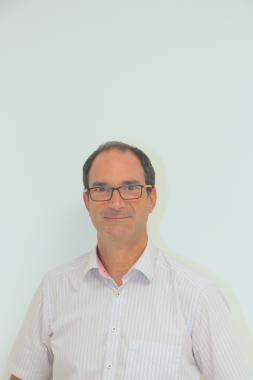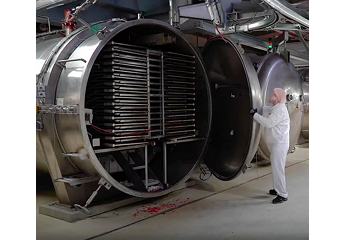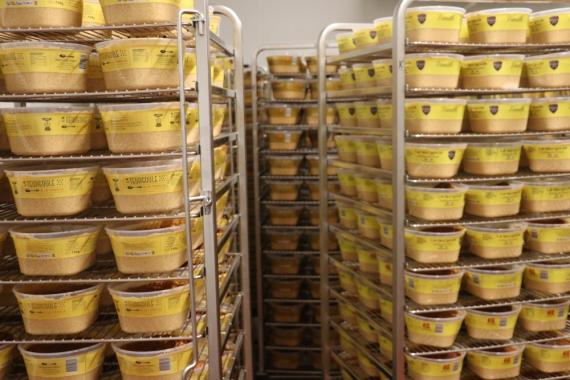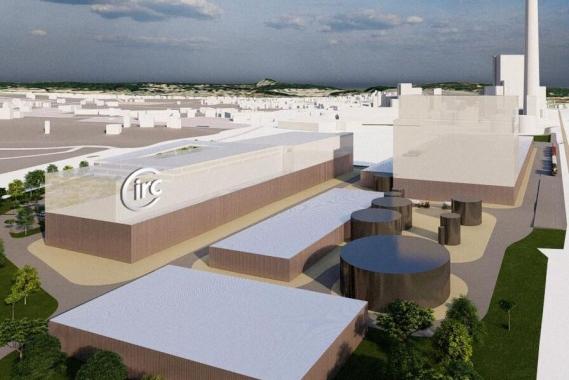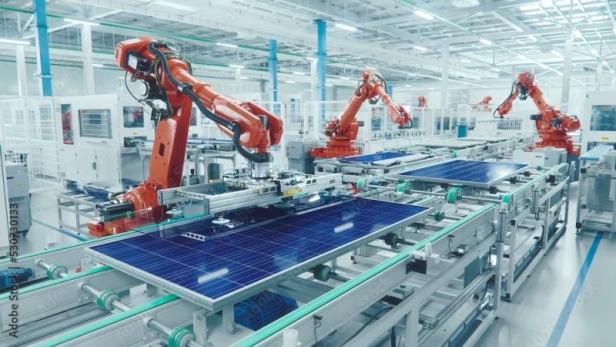Photovoltaic self-consumption project studies: avoid mistakes!

It remains essential to properly size your photovoltaic installation to maximize the profitability of the project and thus reduce its return time . The latter can vary between 7 and 15 years depending on the adequacy of the solar production curve with the energy needs of each building. Above all, they should not be overestimated or underestimated. It is the same with the solar producible which depends on the geographical location, the characteristics of the panels used and their orientation and inclination.
When approximate approaches have long served as a model, today new means and digital tools have appeared to standardize the technical-economic study and make it more reliable. We will cite in this article some advice to avoid making errors appear in your feasibility or profitability studies of self-consumption projects:
1. Aim for the right self-consumption rate and the right self-production rate: The self-consumption rate is the proportion of photovoltaic energy produced locally and that you manage to consume on site. Not to be confused with the self-production rate which is the share of energy from photovoltaics in the total energy consumed. In previous years, the self-consumption rates targeted by professionals varied according to each person's expertise and market “trends”. The sizing of the installation resulted from this. However, beware of “table corner calculations”. The optimal value of the self-consumption rate can quite change between 20% and 100% depending on the characteristics of each project. Namely the electricity purchase tariffs and their inflation, the savings generated and their relation to the investment costs as well as the evolution of the sale price of the surplus. It is also obviously about the level of correlation between the building's production and consumption curves. In conclusion, there are no reference values to target for these rates, but they must be optimized on a case-by-case basis.
2. Rely on real data chronicles: To ensure the real level of correlation between the local solar production curves and the building's consumption, annual data chronicles are necessary at measurement intervals varying between 10 minutes and one hour max. Beyond that, basing oneself on daily or even monthly consumption indexes opens the door to major errors of approximation in estimating the portion self-consumed and the portion sold. It is also a way of making mistakes on the calculation of the savings that can be achieved and which depend on the distribution of this self-consumed energy over the different time slots: off-peak hours , generally set at night outside the solar production ranges, but also usually between noon and 3 p.m., and peak hours (the rest of the time). Without counting the peak hours in the case of sites connected in HVA and which are fixed from December to February at the rate of two hours in the morning between 8:00 and 12:00 and two hours in the evening between 17:00 and 21:00: 00 except Sundays.
3. Correctly project gains over future years: A photovoltaic project or any energy production or storage asset has a lifespan. This is getting longer and longer given technological progress and most manufacturers today indicate a lifespan of more than 30 years for PV panels. On the other hand, it would be inaccurate to consider in the forecast balance sheet of the project, benefits over the next 30 years which will be equal to the benefit of the first year. Indeed, the economic gain of future years is impacted by several parameters:
- inflation of the purchase price of residual electricity or electricity withdrawn from the network
- possible inflation of operating costs (OPEX) and in some cases of surplus selling prices (for example in the case of over-the-counter resale to an aggregator).
- the parameters of the loan and in particular its rate and duration
- the discount rate or the risk-free rate
- the rate of degradation of production equipment reducing their potential
- the evolution of the building's consumption, whether upwards or downwards
For example, if we consider stable consumption from one year to the next, the aging of the photovoltaic installation will mainly reduce the energy sold in surplus and much less the energy self-consumed. This will result in a reduction in income from the resale of surplus, but not in bill savings.
4. Clearly differentiate the project ROI from the customer ROI: To reveal the profitability of self-consumption solutions, several indicators can be presented: the IRR (Internal Rate of Return), the NPV (Net Present Value), the TRA (Return Time updated)… Whichever indicator is chosen, it is important to calculate it from the point of view of the end “customer” and to take into account his own expenses and his own income. Between the “project” vision and the “client” vision, a major factor will modify this equation: borrowing. Let's take the example of a project whose return time would be 10 years to amortize its investment cost (or CAPEX) based on discounted savings and annual resale income. This could be four years or even less for the final consumer who, for the same gains, pays only interest and a share of the capital each year. The interest rate, the percentage of borrowing and the duration of the loan are therefore major parameters in the appraisal of the project.
5. Consider new hybrid solutions: Many solutions exist. It is for example possible to couple the installation with batteries or to back it up with a virtual storage offer. And why not invest in charging stations for electric vehicles (the latter becoming mandatory from 2035) or in hydrogen production and sale infrastructures… All these subjects which continue to be considered “innovative” are becoming more democratic quickly thanks to major technical and economic developments that improve their profitability. Not taking them into account in certain cases can even be detrimental from an economic point of view. Building your photovoltaic roof just a few years before installing EV charging stations will probably be undersized. Similarly, it may be less beneficial to sell the surplus production than to store it in batteries to discharge it at peak consumption in the morning and evening, a situation that is often found in certain factories. Not to mention the profits generated by peak shaving (or the limitation of subscribed power) and back-up (or the ability to provide emergency power), which are necessary for certain sites.
Would you like more information about our solution?
➝ Request your free trial here
➝ Contact Likewatt by phone: 06 88 85 72 68
Our other news
See allJoin the largest community of industrial suppliers
- Helping you with your ongoing technology watch
- Provide you with detailed supplier statistics
- Give you international visibility
Discover the largest catalogue of industrial products on the market
- To offer you the best catalogue of industrial products on the market
- To guarantee you a 100% secure platform
- Enable you to have live remote exchanges
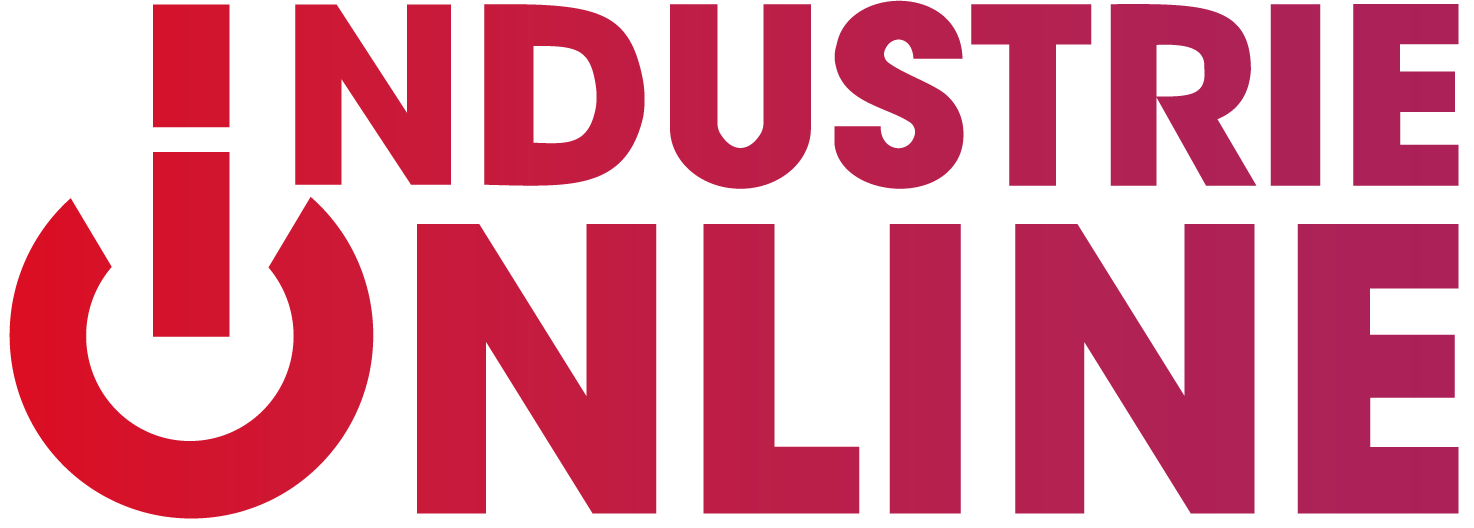

 Français
Français 
